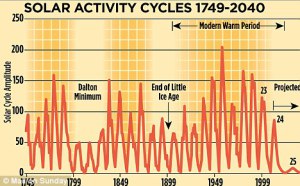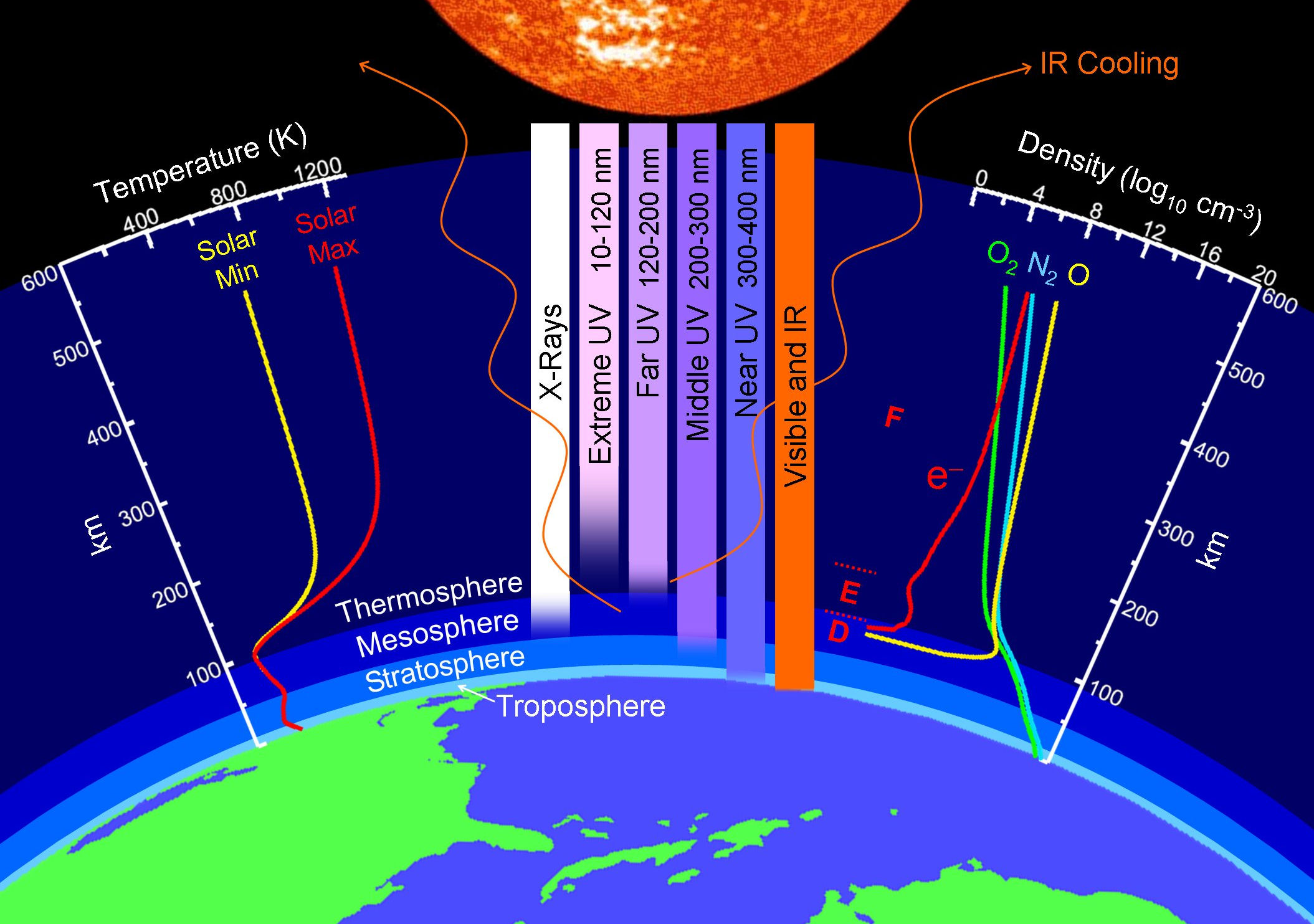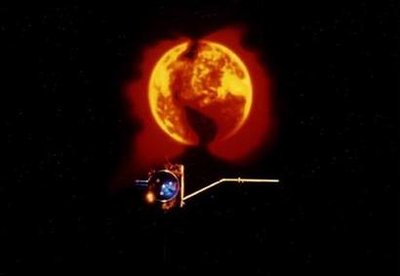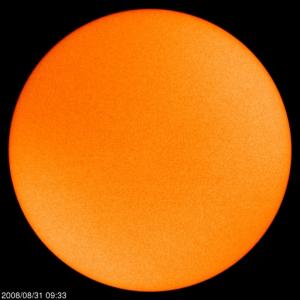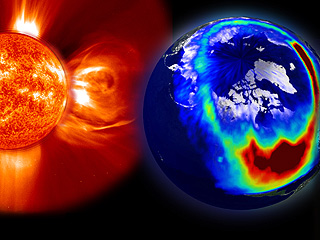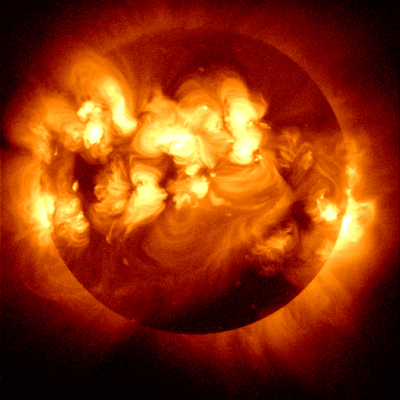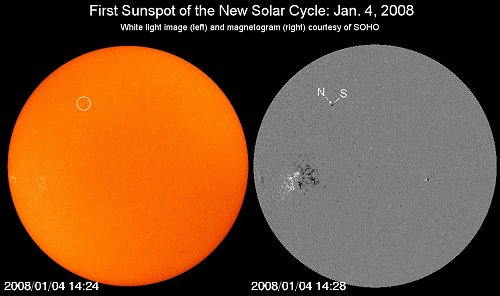Some researchers believe that the solar cycle influences global climate changes. They attribute recent warming trends to cyclic variation. Skeptics, though, argue that there’s little hard evidence of a solar hand in recent climate changes.
Now, a new research report from a surprising source may help to lay this skepticism to rest.
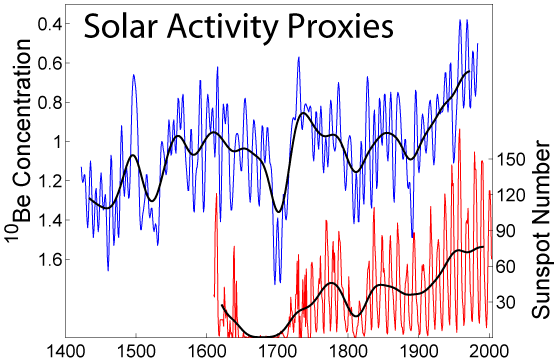
Solar activity has shown a major spike in the twentieth century, corresponding to global warming. This cyclic variation was acknowledged by a recent NASA study, which reviewed a great deal of past climate data.
A study from NASA’s Goddard Space Flight Center in Greenbelt, Maryland looking at climate data over the past century has concluded that solar variation has made a significant impact on the Earth’s climate. The report concludes that evidence for climate changes based on solar radiation can be traced back as far as the Industrial Revolution.
Past research has shown that the sun goes through eleven year cycles. At the cycle’s peak, solar activity occurring near sunspots is particularly intense, basking the Earth in solar heat. According to Robert Cahalan, a climatologist at the Goddard Space Flight Center, “Right now, we are in between major ice ages, in a period that has been called the Holocene.”
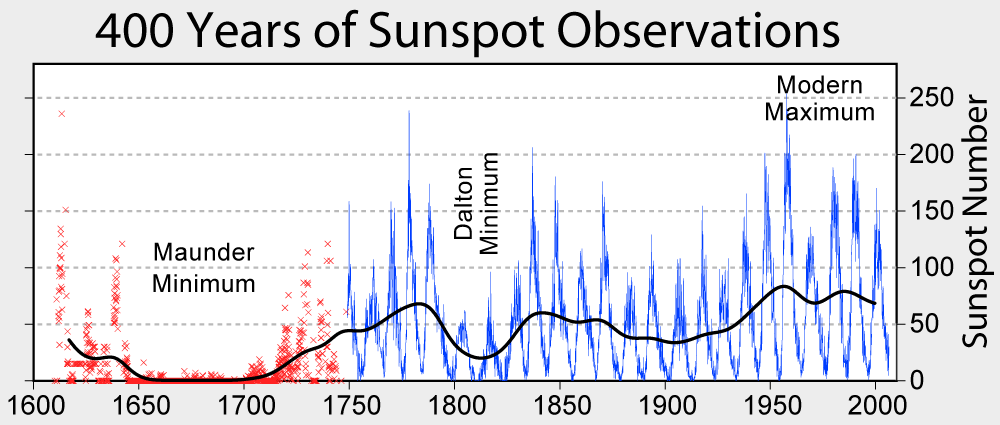
Past studies have shown that sunspot numbers correspond to warming or cooling trends. The twentieth century has featured heightened activity, indicating a warming trend.
Thomas Woods, solar scientist at the University of Colorado in Boulder concludes, “The fluctuations in the solar cycle impacts Earth’s global temperature by about 0.1 degree Celsius, slightly hotter during solar maximum and cooler during solar minimum. The sun is currently at its minimum, and the next solar maximum is expected in 2012.”
Read moreNASA Study: Solar Cycle, Not Man, Responsible for Gobal Warming



